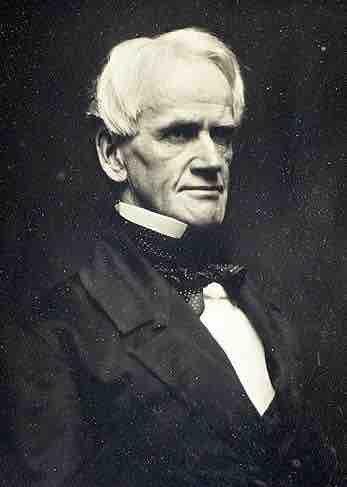Early Public Schools in the United States
After the American Revolution, an emphasis was put on education, especially in the northern states, which rapidly established public schools. By the year 1870, all states had free elementary schools and the U.S. population boasted one of the highest literacy rates at the time. Private academies flourished in towns across the country, but rural areas (where most people lived) had few schools before the 1880s. By the close of the 1800s, public secondary schools began to outnumber private ones.
The earliest public schools were developed in the nineteenth century and were known as "common schools," a term coined by American educational reformer Horace Mann that refers to the aim of these schools to serve individuals of all social classes and religions.

Horace Mann, American educational reformer
Horace Mann was an influential reformer of education, responsible for the introduction of common schools—non-sectarian public schools open to children of all backgrounds—in America.
The Common School
Students often went to common schools from ages six to fourteen, although this could vary widely. The duration of the school year was often dictated by the agricultural needs of particular communities, with children receiving time off from studies when they would be needed on the family farm. These schools were funded by local taxes, did not charge tuition, and were open to all white children. Typically, with a small amount of state oversight, an elected local school board controlled each district, traditionally with a county school superintendent or regional director elected to supervise day-to-day activities of several common school districts.
Because common schools were locally controlled and the United States was very rural in the nineteenth century, most common schools were small one-room centers. They usually had a single teacher who taught all of the students together, regardless of age. Common-school districts were nominally subject to their creator, either a county commission or a state regulatory agency.
Typical curricula consisted of "The Three Rs" (reading, 'riting, and 'rithmetic), as well as history and geography. Grading methods varied (from 0–100 grading to no grades at all), but end-of-the-year recitations were a common way that parents were informed about what their children were learning.
Many education scholars mark the end of the common-school era around 1900. In the early 1900s, schools generally became more regional (as opposed to local), and control of schools moved away from elected school boards and toward professionals.